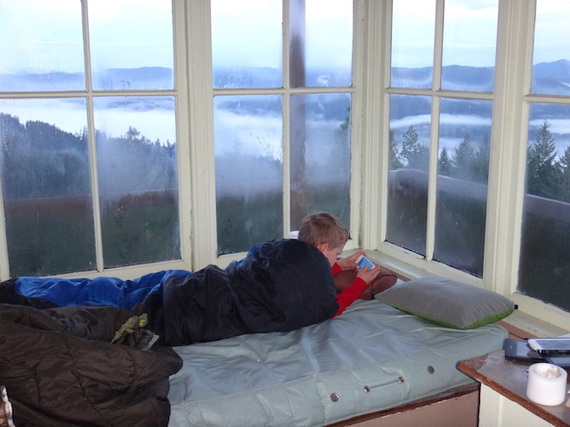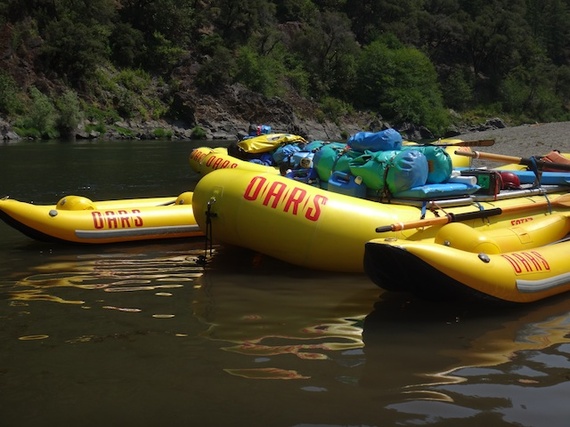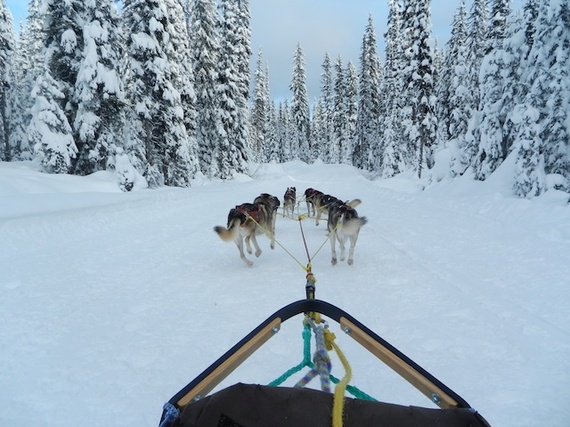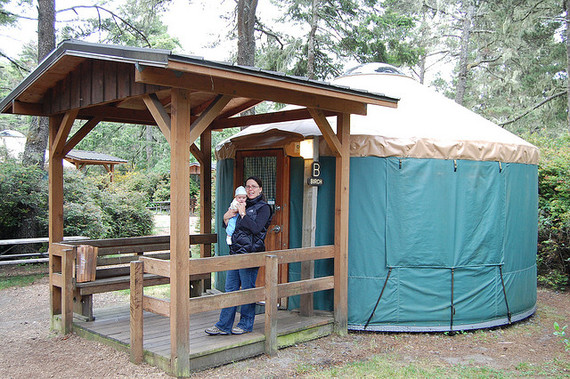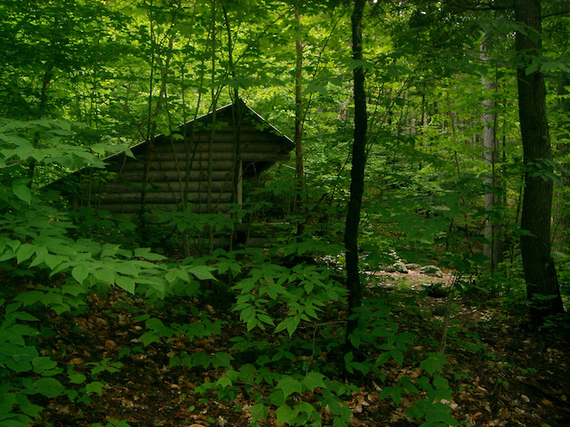When buying Disney theme park tickets, families have the ability to upgrade to Park Hopper tickets. What does this mean? Instead of gaining admittance to one park per day, you have access to all four (plus water parks, if desired). Do you ‘need’ Park Hoppers? Most families believe the answer is yes, but in fact, it depends on your family’s plans in the theme parks, style of touring, and organization. Read on to find out when it’s really valuable to upgrade to Park Hoppers at Disney theme parks and when it simply doesn’t make sense.

Park Hopper myths:
1. It’s easy to ‘hop’ from park to park. The term ‘park hopper’ implies it’s only a hop, skip, and a jump from one Disney theme park to the next. In fact, it can take up to an hour to ‘hop’, depending on your luck with bus schedules and how crowded Walt Disney World is at the time of your visit. During a non-peak week in late April, it took me 45 minutes to get from Animal Kingdom to the Magic Kingdom, for example. Why? Disney busses don’t go directly from park to park. Rather, they go from park to hotel resorts, or from parks to the Ticket and Transportation Center, where you ‘hop’ onto different lines.
Even commuting from the Magic Kingdom to Epcot, both on Monorail lines, requires a transfer and occasional resort stops en route (plan on 30 minutes, depending on Monorail queues). Planning to drive your own vehicle? You still need to commute to your current parking lot, drive over, then park and commute again. This is not to say to avoid Disney transportation: we’re fans. Just know that while reliable and relatively stress-free, Disney transportation is not swift.
2. You can hop to a second park late in the day and still ride major attractions. Again, it depends on the season and how busy the park, but sometimes you can, and sometimes you can’t. If you spend your day at Epcot, for instance, and decided to hop to Hollywood Studios at 2 pm to ride Tower of Terror, you may run into difficulty if Fast Passes have run out for the day. Because your party cannot all obtain FP until they’re all in the park, there’s no way to secure Fast Passes until you’ve ‘hopped’.

3. The Park Hopper add-on barely costs anything. In fact, at $35 extra per ticket (over $50 extra with water parks), the cost adds up! Savings can be in the hundreds of dollars to opt out of Park Hoppers. If your family typically tours a park for most of any given day, then enjoys resort time, or likes to spend time in other areas not requiring theme park admission, such as Downtown Disney or Wide World of Sports, you may have no need of a Park Hopper. Just be sure to plan to attend evening shows and entertainment at the same park you visited earlier in the day. (This will take planning.)
You need the Park Hopper add-on if:
1. You plan to take advantage of a morning Extra Magic Hour and then get out. This is a wise strategy, as the Extra Magic Hour park tends to become overcrowded after the hour is up and regular park guests arrive on top of the resort guests. If you plan to leave a park by 10 am and hop to another, you’ll likely have time to arrive before lunch and secure the Fast Passes you need for the afternoon.
2. You plan to utilize the Park Hopper just for evening dining and entertainment (not rides). If you like the idea of arriving at a park early in the morning, focusing on rides, then leaving for a mid-day rest, then heading to a different park for a relaxing dinner and evening entertainment, the Park Hopper may be a great value to you.
3. You’re visiting at a very low-crowd time of year. In this case, you may not need a full day to accomplish what you want in one park, and your transportation time may be lower due to smaller crowds.












 Trust me – if golf is “a good walk spoiled,” so is a search for a missing hiker! If you’re planning to explore hiking trails in your region this fall and winter, know what is needed to have a fantastic outdoor experience (and make it home in time for dinner).
Trust me – if golf is “a good walk spoiled,” so is a search for a missing hiker! If you’re planning to explore hiking trails in your region this fall and winter, know what is needed to have a fantastic outdoor experience (and make it home in time for dinner).

